Paper Towel Facts and FAQ's
Tips & Articles
DIY Projects & Paper Crafts
Paper Towel Facts and FAQ's
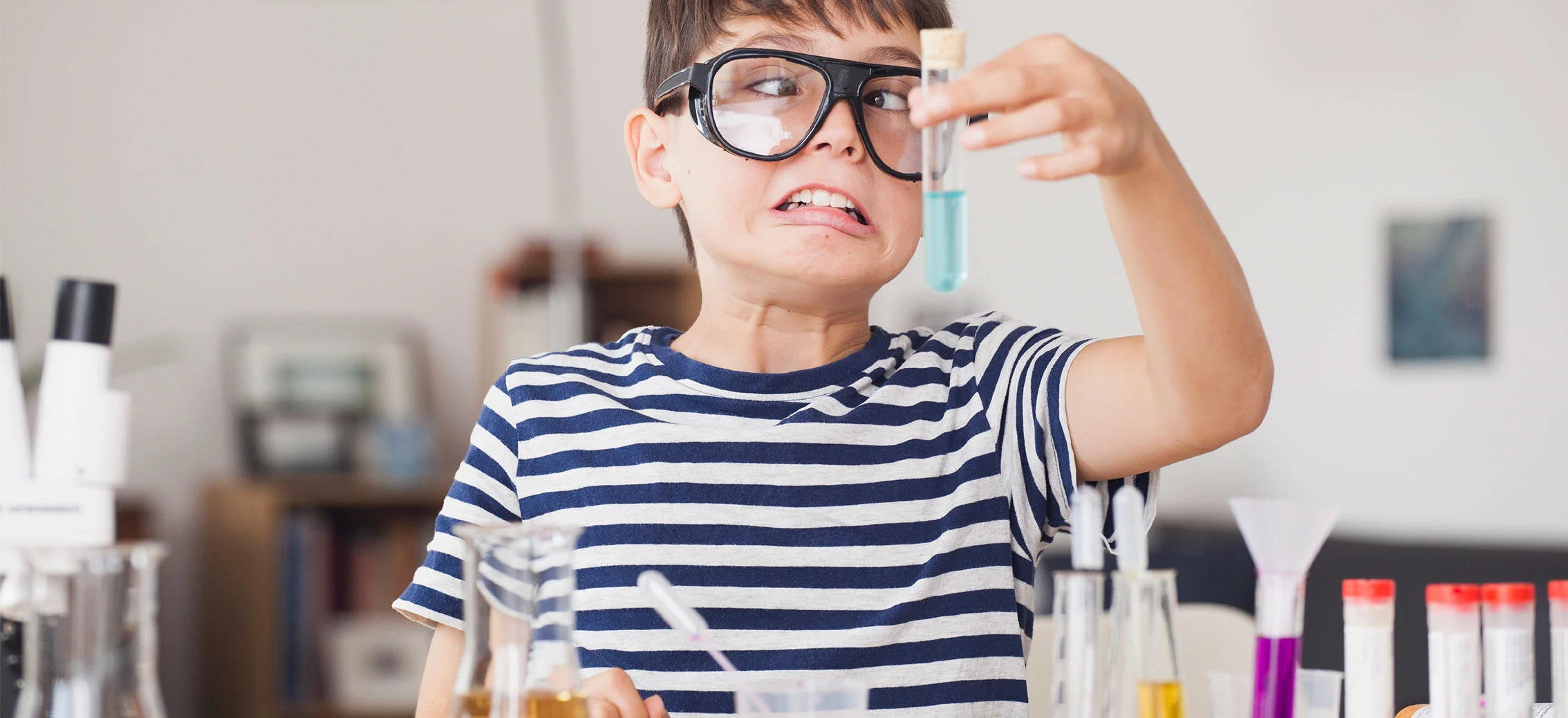
It’s the moment every parent dreads – you’re going about your day when your child mentions that he or she has to do a science project. If you’re one of the lucky ones, your kid will let it slip a few days after it was assigned. But if you’re like most parents, you’ll find out about it the night before it’s due. Either way, we’ve got you covered with a few science fair project ideas to make sure your child scores a top grade (or at least stays out of summer school). Best of all, these science experiments for kids can be completed with common household items you most likely already have on hand.
Testing the Strength of Paper Towels
If you find yourself short on time, testing which paper towel brand is the strongest, makes for a simple yet fun paper towel science project.
Time Needed: 2 Hours
Materials Needed:

1 roll of Bounty paper towels
3 rolls of paper towels made by 3 separate brands.
1 large plastic tub
2 cups of water
Notebook or journal
Graph paper
125 quarters
A partner
Steps:
- Detach one towel from each roll of paper towels and label each one with the corresponding brand’s name.

- Have the partner hold one of the detached sheets over the plastic tub.
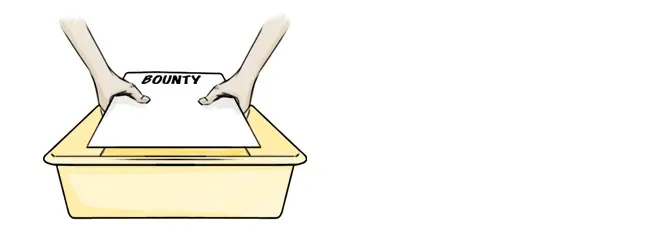
- Pour exactly ½ a cup of water onto the paper towel.

- Place the quarters (one at a time) onto the paper towel until it breaks.

- Record the results of which paper towel is the strongest.

- Repeat steps 1 through 5 for each brand of paper towels.
- Create a graph to illustrate the results.

Paper Towel Absorbency Experiment
If you liked the previous idea, but don’t have over thirty dollars in quarters laying around the house, your child can always test what brand of paper towel is most absorbent.
Time Needed: 30 minutes
Materials Needed:

1 roll of Bounty paper towels
3 rolls of paper towels made by 3 separate brands.
1 cup of water
An even wooden or plastic table
Notebook or journal
Graph paper
Steps:
Under your supervision, have your child complete the following steps:
- Tear off one towel from each roll of paper towels and label each one with the corresponding brand’s name.

- Pour the water onto the table in four different sections. Each section should contain exactly ¼ of a cup of water. (Make sure to give yourself some room, sothe pools of water don’t overlap.)
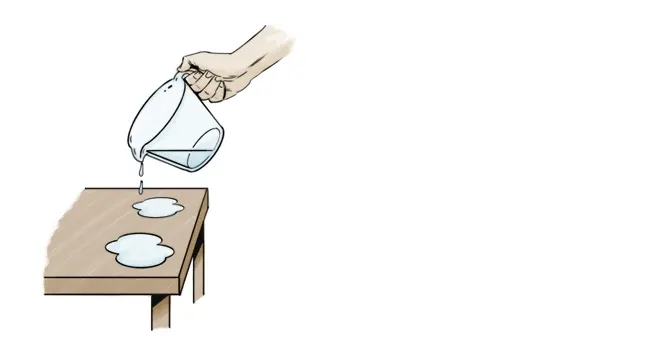
- Place one paper towel over one pool of water.

- Wait ten seconds.
- Remove the paper towel, and record your findings of the paper towel absorbency in the notebook.
- Repeat steps 3 through 5 for each paper towel brand.
- Create a graph to illustrate the results of which paper towel absorbs the most water.
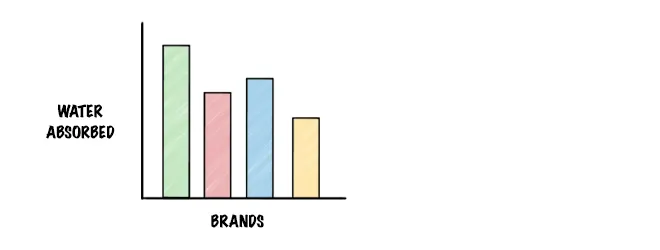
Seed Germination with Paper Towels
Supposing your child has a few days to complete the project, a seed germination experiment is relatively hassle-free, and usually goes over well with teachers and students alike. It’s a great paper towel science fair project because it only takes a few minutes to prepare. However, it does take a few days for the seeds to grow.
Time Needed: 10 days
Materials Needed:
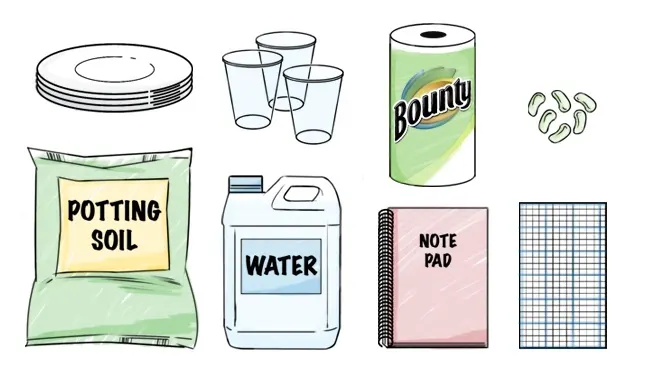
3 plastic cups
Bounty paper towels(Bounty is highly absorbent, so results should be seen faster)
3 plastic (or regular) plates
1 gallon of distilled water
Potting soil
Journal or notebook
6 bean seeds
(Bean seeds are pretty big, sprout quickly and are easy to work with)
Graph paper
Steps:
- Place the soil into the plastic cups.

- Plant a bean about ¼ inch deep in each cup containing the soil.
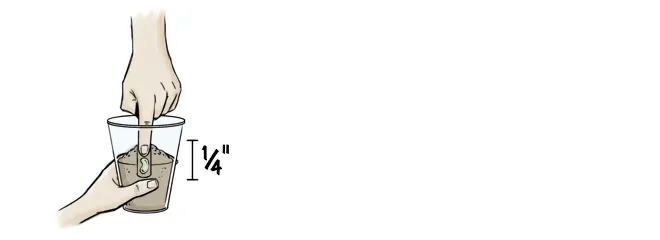
- Take three sheets of Bounty paper towels and fold each in half.
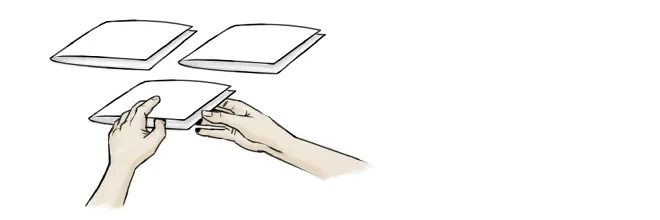
- Place each of the remaining seeds inside its own folded paper towel, then place each of the paper towels on its own plate.

- Water the paper towels and soil cups until wet (not soaking) and place all the seeds in a warm, dark room.

- Monitor the seeds daily and water the soil cups or wet the paper towels again when they start to dry out.

- Note which seeds germinated when, and chart your results on graph paper. Explain which process worked better, and which seeds produced the longest, thickest sprouts.
Paper Towels Color Bridge
Paper Towel Color BridgeHere’s an idea with lots of color and wow factor. Best of all, it’s fairly simple, quick and inexpensive.
Time Needed: 2 Hours
Materials Needed:

3 clear plastic cups
2 cups of water
Yellow food coloring
Blue food coloring
Spoon
1 roll of Bounty paper towels
(Using Bounty will cut down on the time it takes to see results. The channels in the towels will dispense water faster than other brands.)
Under your supervision, have your child complete the following steps:
Steps:
- Fill two of the cups with 1 cup of water each.
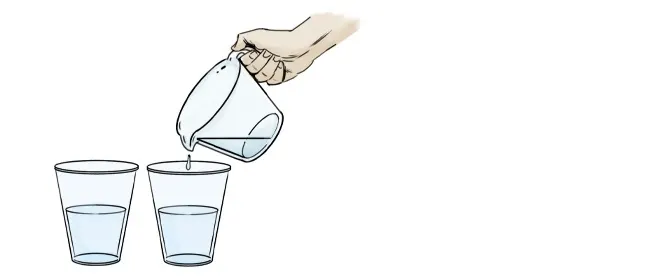
- Add yellow food coloring to one and the blue to the other.
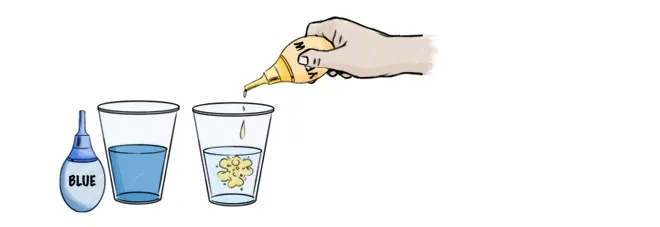
- Stir (remember to clean the spoon so you won't mix the colors).

- Arrange the cups so that the empty cup is in the middle.

- Tear off paper towels and roll them into tight tubes.

- Stick one end of each into one of the colored waters, and the other end into the empty middle cup.

- Observe the colored water as it travels up the paper towel.
- Document your findings.
We hope you and your child will have fun and learn something new with these science fair project ideas! For other great paper towel experiment ideas, check out your local museums or libraries. Providing, of course, time permits.